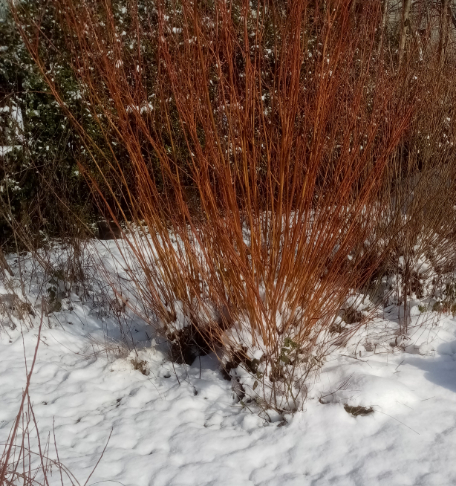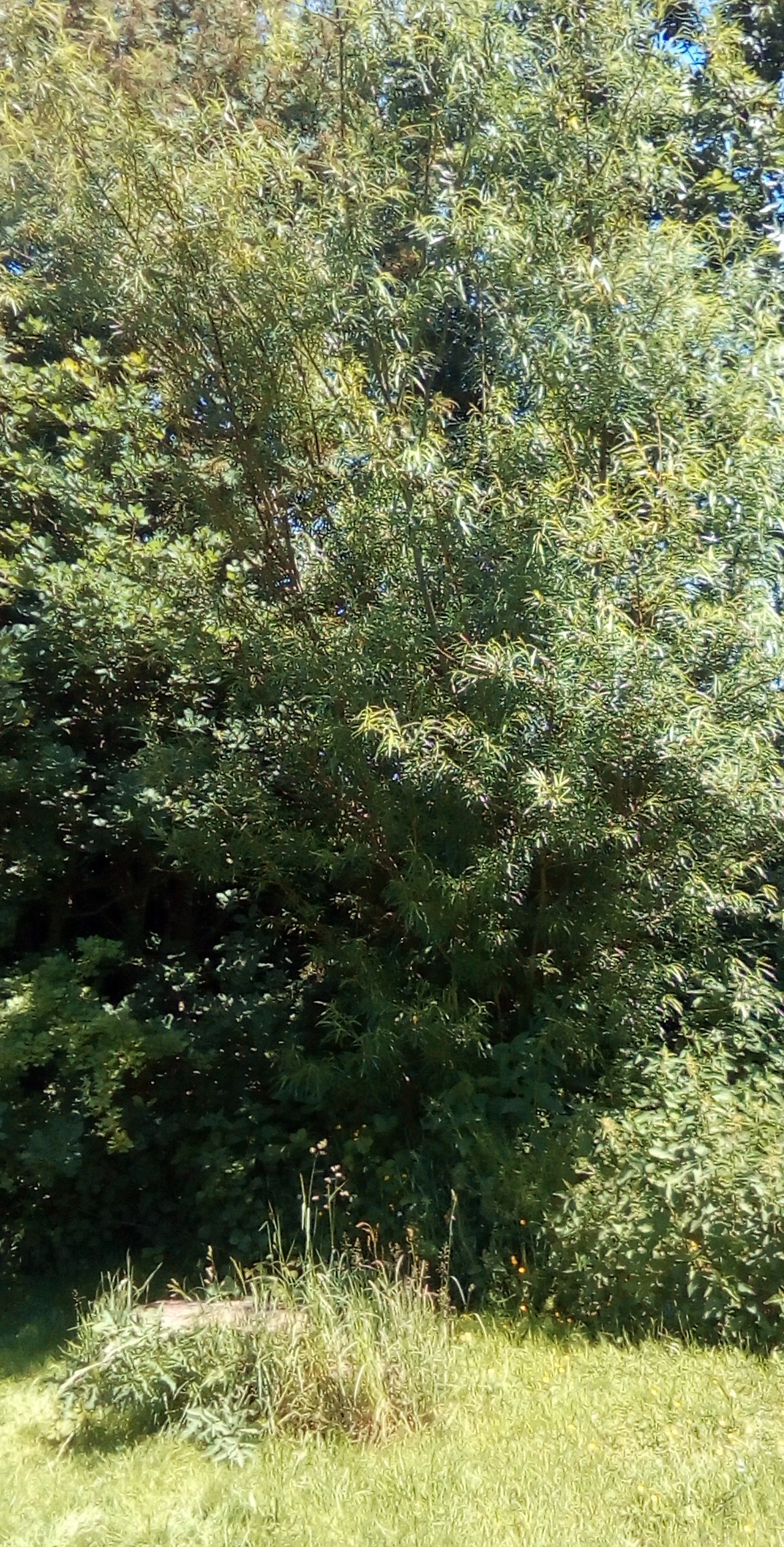
Even London eventually comes to an end, an edge, though it’s swallowing up more of the Kentish countryside and creeping ever nearer to Canterbury.
Recently Mrs T and I were at the southern edge of Manchester, in Didsbury, and walked away from the houses, across the main road, into Fletcher Moss Park. I expected Fletcher Moss to be a wetland, as in Chat Moss and other boggy areas around Manchester, but it is named after Mr Fletcher Moss, who gave his house and estate to the city of Manchester early last century.
The land does slope down to the River Mersey, and the lower areas were too wet for our city shod feet, so my expectations were not altogether dashed.
Before we arrived at the park, we crossed the tramway by this Poppy bridge, remembering the fallen of the Great War. Nearby children from three local schools have scattered poppy seed, to flower this summer, 100 years since the end of that war.

After walking through Didsbury Park, well populated by young children and parents off to meet children from those three local schools, we came to the edge of Fletcher Moss Park, with its sports fields and fine benches including Rory’s Bench, covered in carved creatures, and a formidable lacrosse player. The game is more popular in these parts than most of England.

Mr Moss’s garden had been a little neglected in recent times, until a voluntary group was formed to undertake many of the City Council’s responsibilities. We admired the hellebores in the beds near the house, including this one, thriving in the cold.

Also near the house were witch hazel bushes, worth seeing silhouetted against the grey sky as well as in colour on the dark background of walls and branches. This computer cannot share the scent, clean and sharp.
More scent, sweeter this time, at ground level from snowdrops and oxlips, a hybrid between primroses and cowslips.

A little further and we were at a corner of rainforest – well most English people know that if you can see the Pennine Hills from Manchester, it is going to rain; if you can’t see them, it must be raining.

It wasn’t raining yet … and just around the corner a bank of heather – erica – a plant that shuns our alkaline soil in East Kent.
How’s this for early March?

We wandered down to the next level; as I said, it was too muddy for city shoes to approach the river, but there was a clump of young willow ablaze in the afternoon light. I’m told by my colleagues at L’Arche that for weaving and basket making, the golden-green and the dark red not only contrast well when woven together, they have slightly different properties. I must learn more.

And I must come back to Fletcher Moss next time I’m visiting family in Manchester, and see how it looks in other seasons. Many thanks to the volunteers who are helping the City council care for this treasure.
























